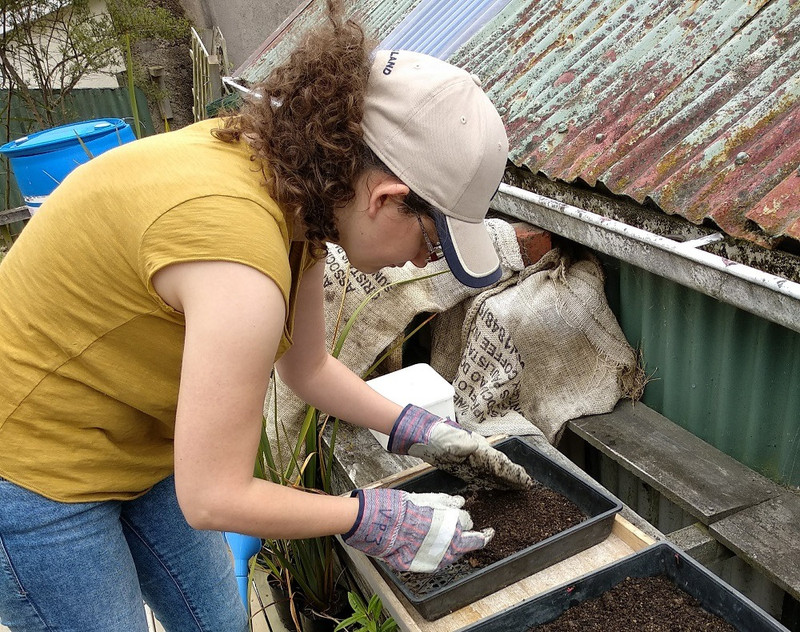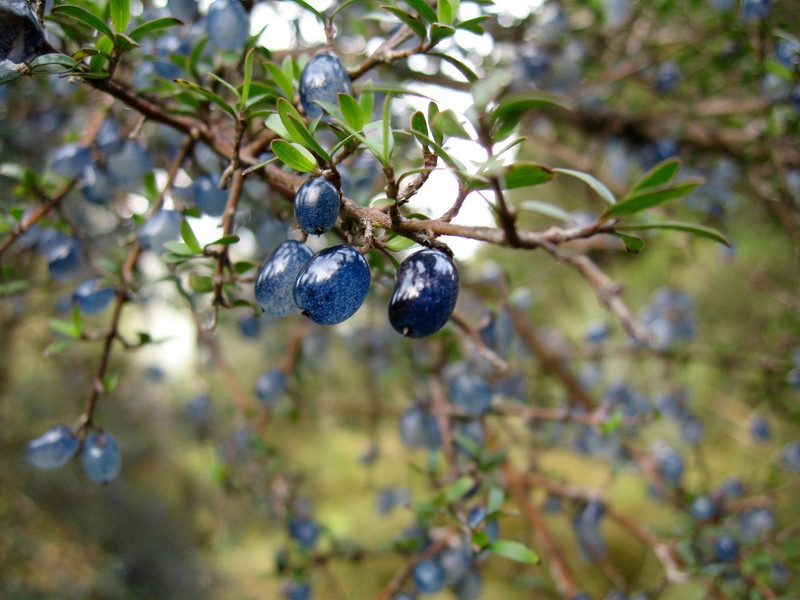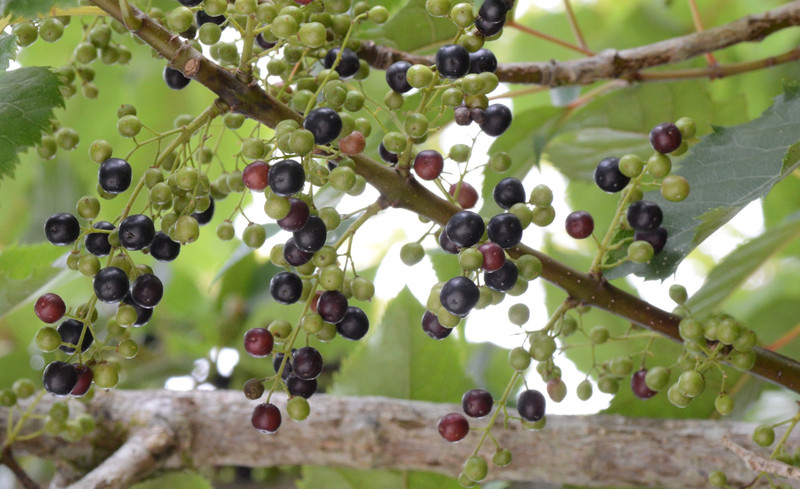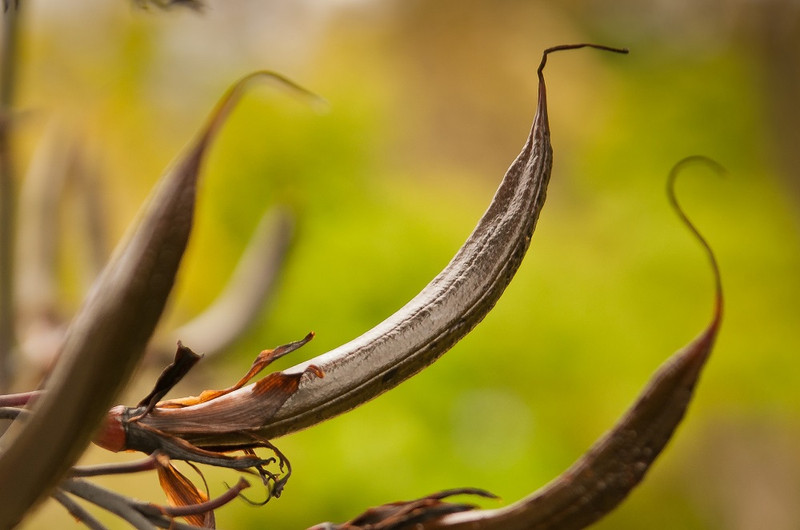WANTED: Seedy "Tree"sures
Open VUE will be propagating native plants from seed and cuttings collected right here in the Lindsay Creek Catchment!
We are practicing a loose definition of the term, “Ecosourcing”. Ecosourcing strictly speaking means collecting wild seed from original source populations. Collecting seed from sources that have been growing here for hundreds or thousands of years will produce offspring that are more likely to survive as they have adapted to the local conditions. However, in the urban environment, this can be a little difficult.
We would love any seed collected from original or regenerating forest or trees growing on properties in the Lindsay Creek Catchment.
IMPORTANT!
When collecting seeds or cuttings, please record your name, the date collected, location and the name of the plant. If you’re not sure, please take a photo of the plant leaf for identification.
Collection times are also rough estimates, seeds in your garden may be ready to pick earlier or later than suggested here.
If you would like to collect seeds (or cuttings), please drop them off to the Valley Project during our opening hours (Tuesday, Wednesday and Friday between 9am - 3pm, Thursday between 9 am and 7 pm) or pop by one of our Propagation Nursery working bees (behind Blacks Road grocer) on Thursdays from 10 am - 12 pm or on the fourth Saturday of the month from 10am- 12pm!
Coprosma (Coprosma propinqua)
Mingimingi
Coprosma is a small leaved shrub, growing 3 - 6 meters high.
Lizards love to eat the fruit, and can hide among the bush from avian and mammalian predators. Coprosma berries may give you a similar kick to your morning coffee - as they are in the coffee family!
Collect the berries in March-June or when they ripen and turn blue and bring in as soon as possible.
Wineberry (Aristotelia serrata)
Makomako
Look for the plant with the heart shaped leaves with edges like shark’s teeth. The leaves are deeply serrated, giving rise to their Māori name, makomako, resembling the teeth of the mako shark.
Berries are ripe when they turn from red to almost black. You can collect slightly immature berries to get them before the birds! Bring the berries as soon as possible so they can be processed and seed propagated as fresh as possible.
Collect the berries in March - April or when they ripen from red to black.
Tree Fuchsia (Fuchsia excorticata)
Kōtukutuku
Tree Fuchsia are beautiful trees, with their orange flaky bark and bright pink and purple flowers. When trees are flowering, you may often see birds with purple crowns on their heads. You can be sure they have been feeding from the nectar of Tree Fuchsia flowers, getting and spreading the purple pollen they produce.
Pick the konini (berries) when they ripen to dark red/purple in February and bring in as soon as possible for processing. The birds may also like to get these too!
Flax (Phormium tenax)
Harakeke
You may often see tūi and bellbirds with their heads adorned in bright yellow pollen. They have been feasting on the nectar of harakeke flowers. Harakeke support a range of wildlife including many different bird species, bats, geckos and invertebrates.
Collect the seed pods in April or when they turn black, but before they open and release the seed. Store in brown paper bags.
Lemonwood (Pittosporum eugenioides)
Tarata
Lemonwood, so called for the fragrant lemon/citrus scent that is produced when the leaves are crushed. The glossy leaves have wavy edges.
Collect the seed when the seed cases have turned from green to black. Inside the black seed cases are the sticky seeds, which stick to the beaks and feathers of passing birds.
Seeds can be ripe all throughout the year, so check plants regularly for the black seed cases.
Hebe (Hebe salicifolia)
Koromiko
The growth pattern of hebe leaves are very distinctive even though there are many different species of hebe. The leaves grow in pairs, each pair growing perpendicular to each other on the stem. Hebe salicifolia specifically has narrow finger-like leaves, less than 2 cm wide.
Hebe seeds are encased within groups of bottle brush like seed capsules, which turn from green to brown as they ripen. Each capsule can contain 40 or so seeds, meaning each plant could produce thousands of seeds!
Collect the seed pods in groups from March - June or when they turn from green to brown and store in brown paper bags.
Further reading
Websites about Seed collection and propagation guides for native trees and shrubs
DOC:
Southland Community Nursery:
https://www.southlandcommunitynursery.org.nz/restoring-your-patch/get-growing/seeds/
Wild Fruits of Wellington:
https://www.wildfruitsofwellington.com/propagation.html
Uses of native plants
Māori Plant Use database: https://maoriplantuse.landcareresearch.co.nz/WebForms/default.aspx
Books about identification of native trees and plants:
Which Native Tree? by Andrew Crowe
Which Native Forest Plant? Andrew Crowe
This initiative is part of the Backyard Ecosanctuaries program.










